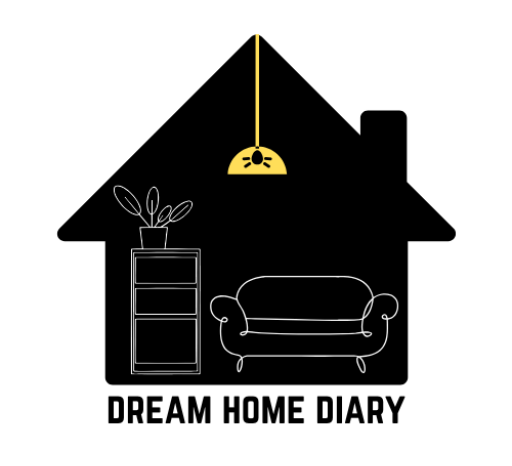15 Home Trends HGTV’s Top Designers Wish You’d Stop Using
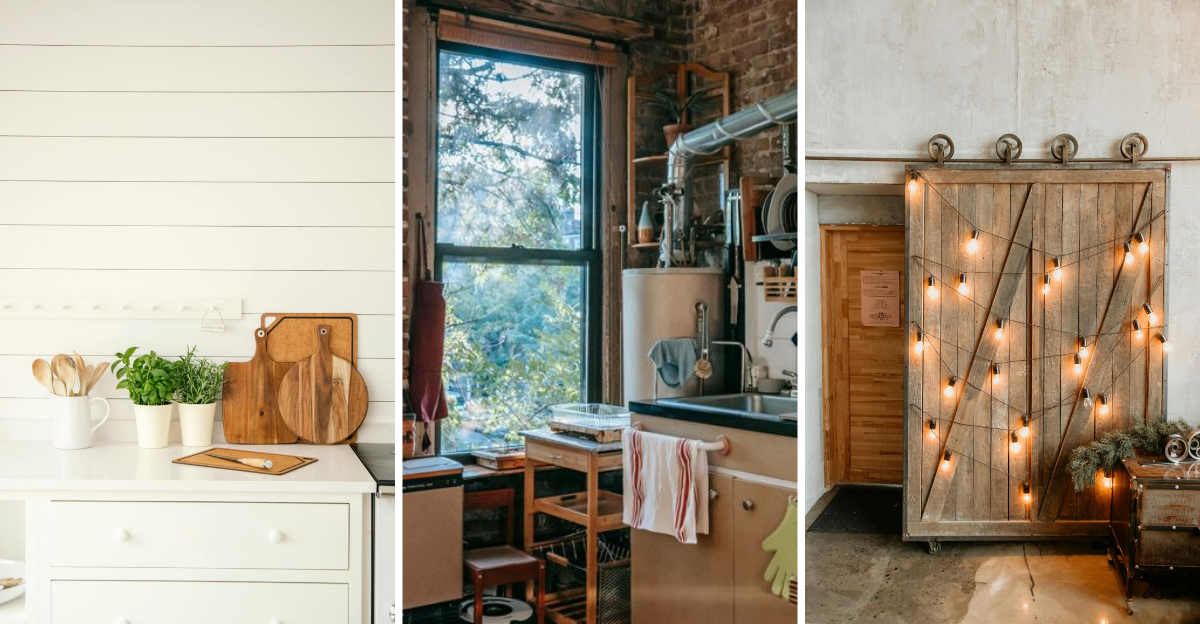
Home design evolves constantly, leaving yesterday’s hottest trends looking dated faster than you might expect. Professional designers often cringe at certain decorating choices that homeowners cling to long after their moment has passed.
Ready for a reality check? HGTV’s top designers have some strong opinions about which popular home elements should finally be shown the door.
1. Shiplap Overload
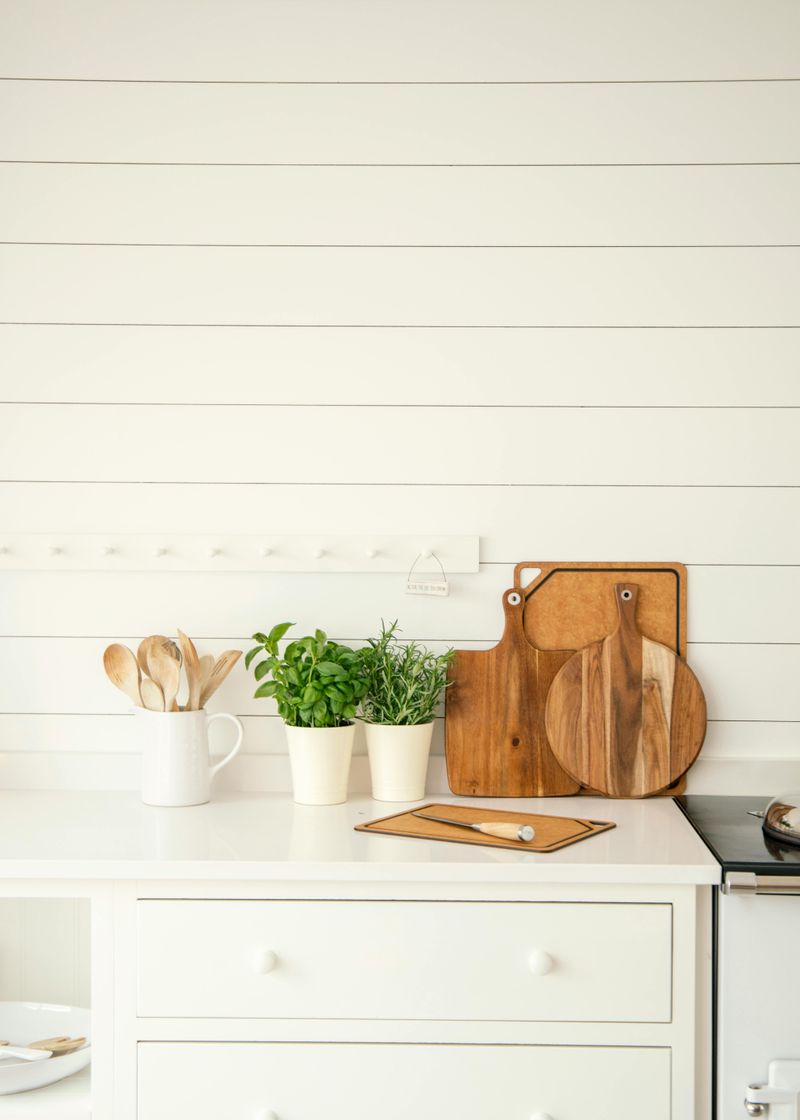
Joanna Gaines made everyone fall in love with those horizontal wooden boards, but designers are begging for moderation.
Using shiplap on every wall creates a monotonous, theme-park feel rather than the cozy farmhouse vibe you’re after. Limit this treatment to a single accent wall or small space for maximum impact without overwhelming your home’s character.
2. Tuscan-Style Kitchens
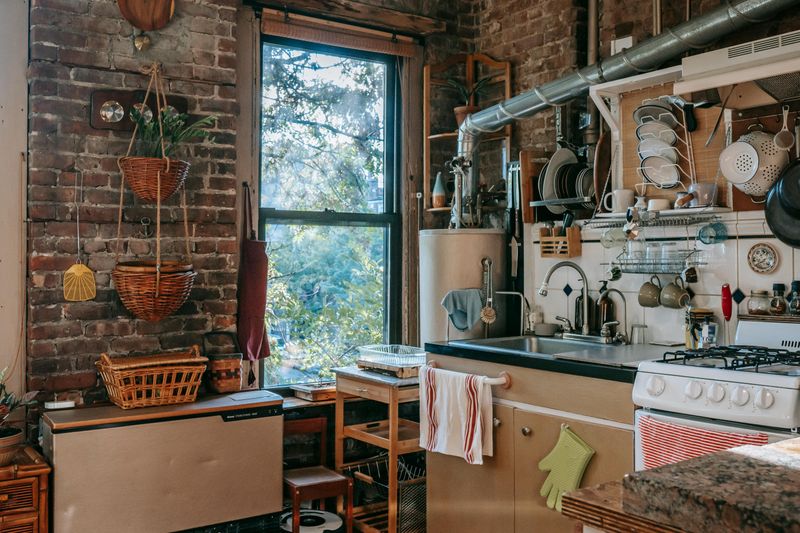
Remember those heavy, ornate Mediterranean-inspired kitchens with bronze fixtures and faux-finished walls? Designers are collectively sighing with relief as this once-ubiquitous style fades away.
What once felt warm and inviting now appears busy and outdated. Modern kitchens embrace cleaner lines and lighter finishes for timeless appeal.
3. Barn Doors Everywhere
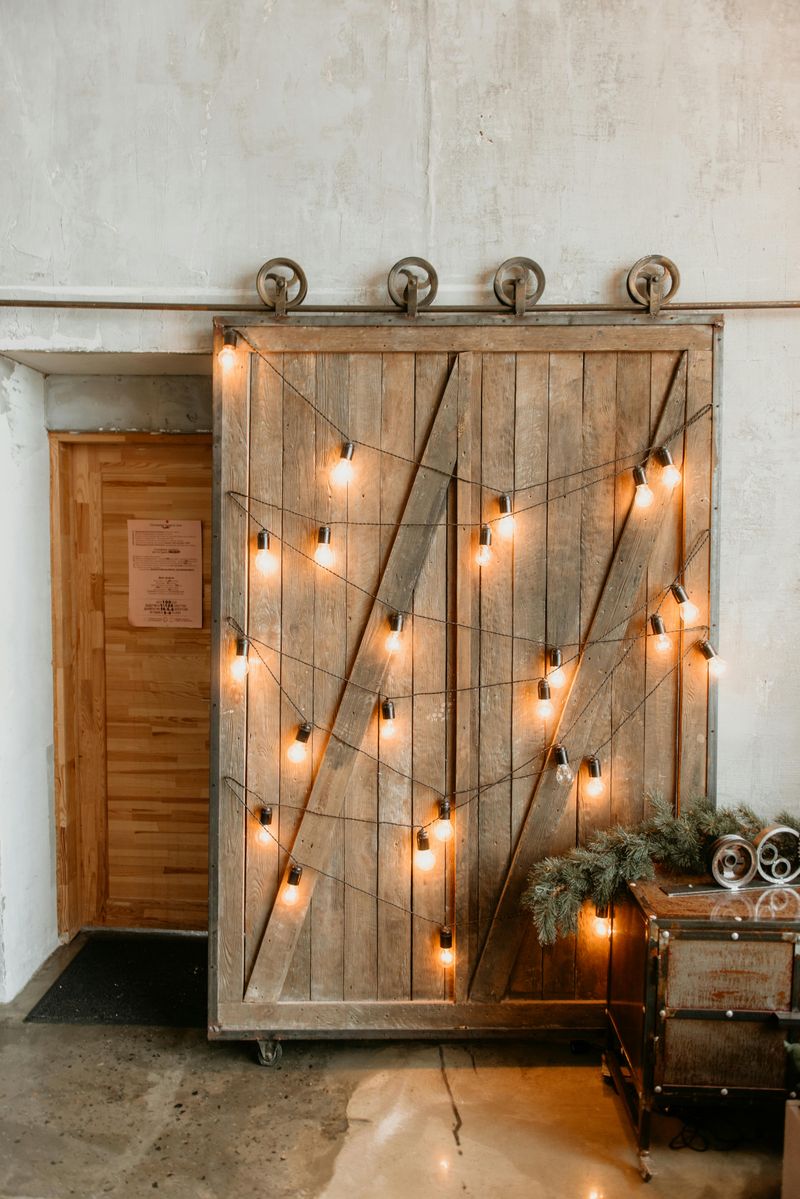
Once a clever space-saving solution, barn doors have galloped into overkill territory. Hanging them between every room creates a farmhouse theme park rather than a sophisticated home.
Sound privacy is another issue. Conversations and activities behind barn doors are easily overheard. Save them for spaces where their rustic charm truly enhances the design.
4. Granite Countertops

While still functional, the speckled brown granite that dominated early 2000s kitchens screams dated design. Busy patterns and brown tones have fallen from favor as homeowners embrace cleaner alternatives.
Quartz, marble-look surfaces, and even concrete or butcher block offer fresher options. If you love natural stone, consider lighter granites or unique quartzites instead.
5. Beige-on-Beige Color Schemes
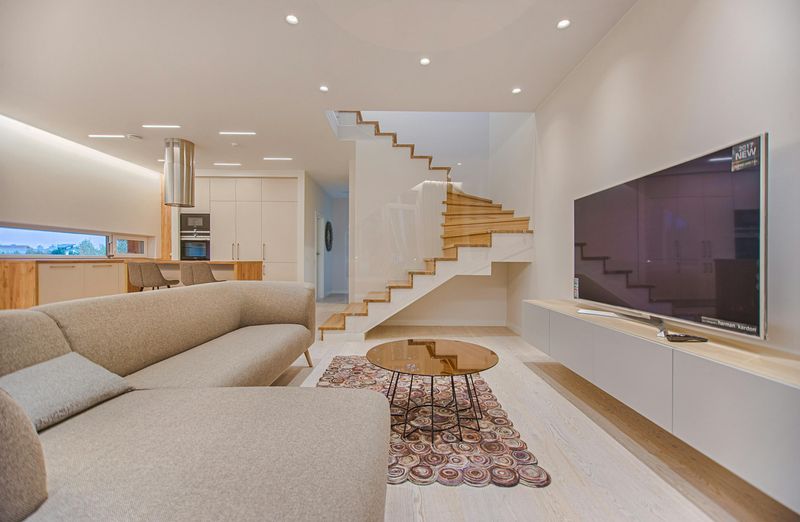
Playing it safe with all-beige interiors might seem timeless, but designers cringe at the lack of personality. Monochromatic beige creates flat, uninspiring spaces that feel neither warm nor cool, but just bland.
Adding contrast through accent colors, natural materials, or varied textures brings life to neutral spaces without sacrificing sophistication.
6. Word Art Décor
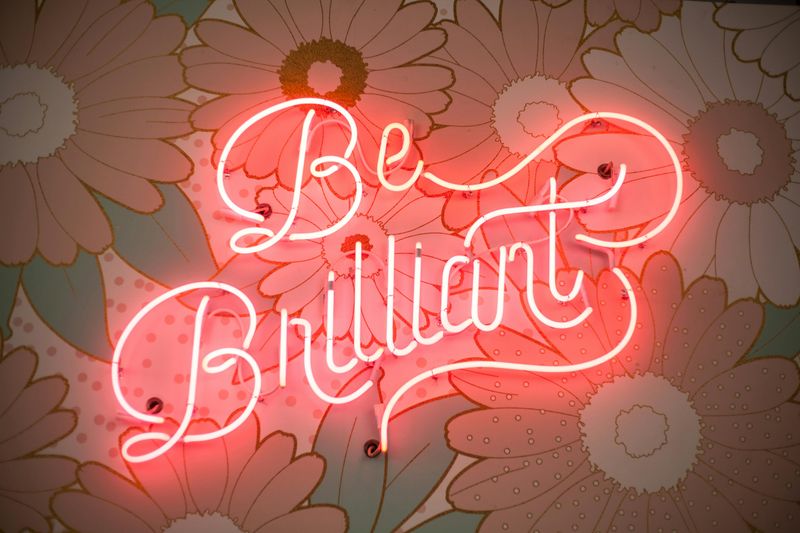
Signs proclaiming “Live, Laugh, Love” or “Home Sweet Home” have saturated the market to the point of becoming visual noise. Mass-produced word art rarely conveys genuine personality or style.
Instead of generic phrases, invest in unique art pieces that speak to you personally. If text appeals to you, seek out original typography or meaningful quotes presented in artistic ways.
7. Heavy Drapes
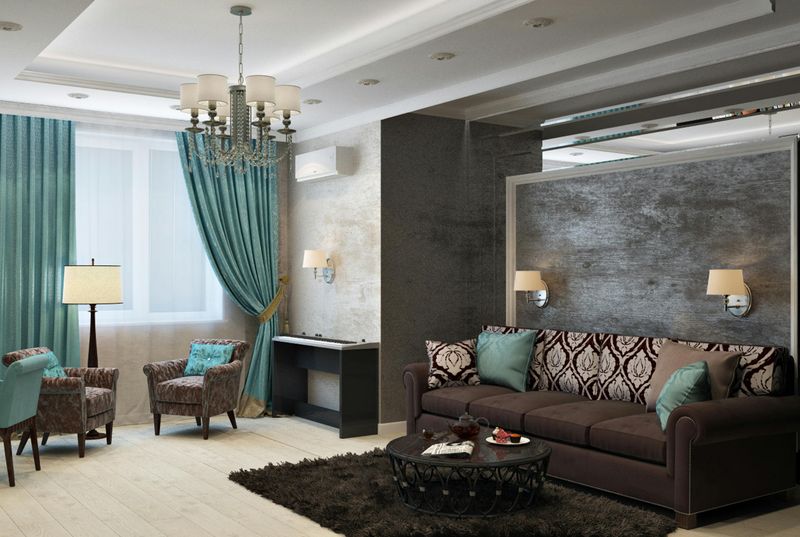
Goodbye to those massive, ornate window treatments with swags, jabots, and heavy valances. Modern design embraces natural light and cleaner window treatments that enhance rather than dominate a room.
Lighter fabrics and simpler hanging styles make spaces feel larger and more contemporary. Consider Roman shades, simple panels, or even leaving windows bare in private areas.
8. Overstuffed Furniture
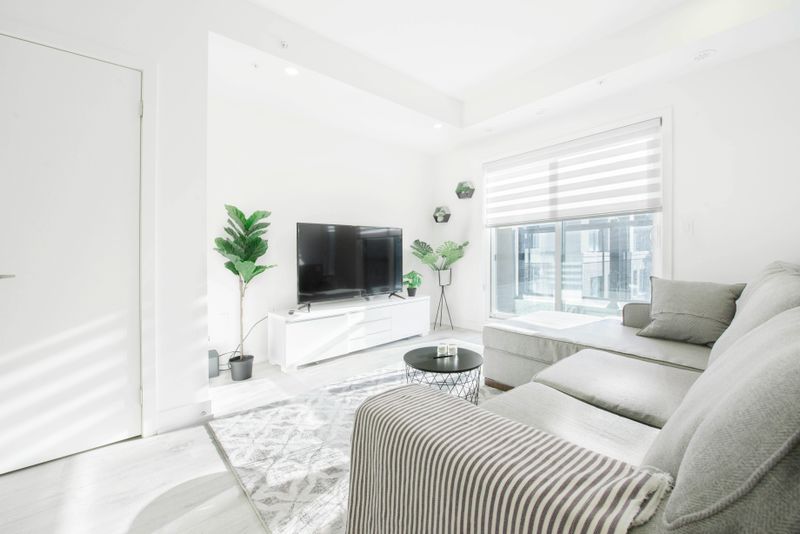
Massive sofas with puffy arms and backs that dominated the 90s make rooms feel smaller and dated. Scale matters tremendously in creating balanced, functional spaces.
Look for furniture with cleaner lines and appropriate proportions for your room size. Even comfortable pieces can have a more tailored, refined silhouette that won’t overwhelm your living space.
9. Faux Distressed Finishes

Mass-produced furniture with fake distressing rarely achieves the authentic character it aims for. Factory-applied wear marks in identical patterns across different pieces look contrived rather than charmingly aged.
If you love the weathered look, invest in genuinely vintage pieces or quality reproductions with thoughtful craftsmanship. Authentic patina develops organically and tells a real story.
10. Matchy-Matchy Bedroom Sets
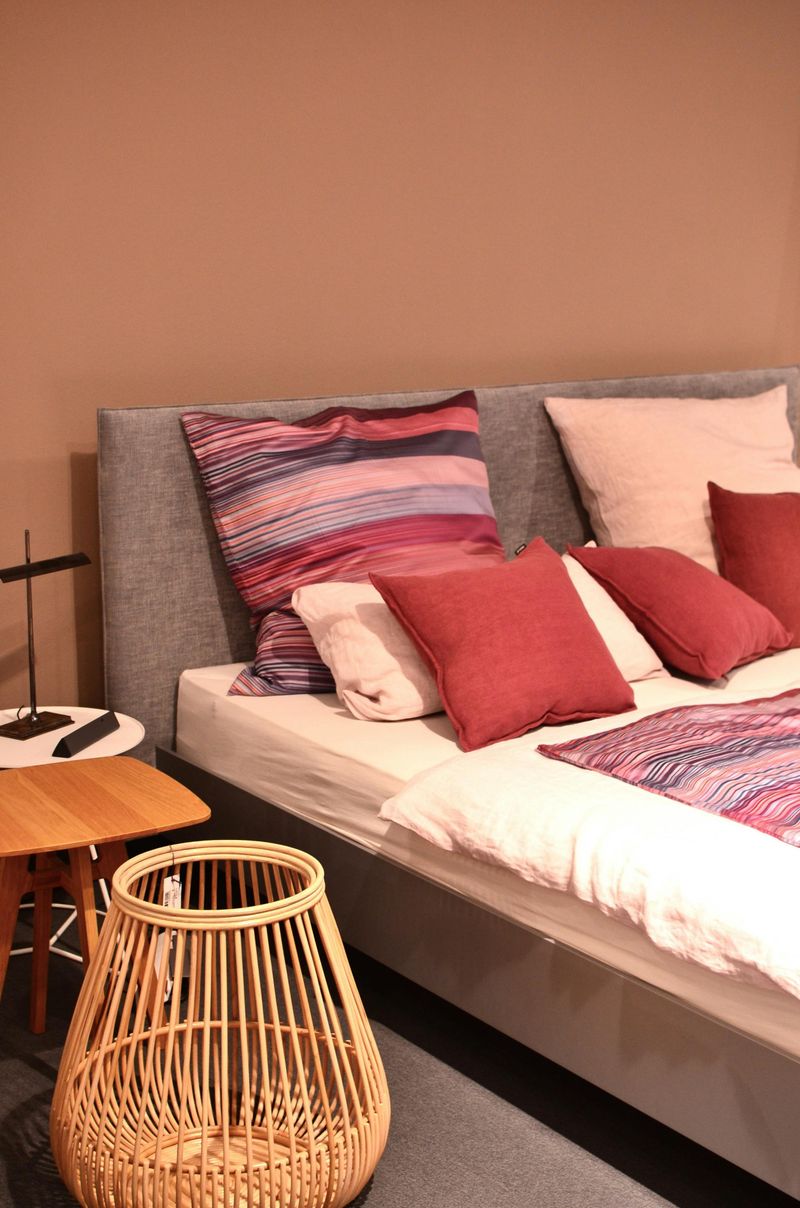
Purchasing an entire bedroom suite, headboard, dresser, nightstands, and mirror in identical finishes – creates a showroom feel rather than a personal sanctuary.
Design professionals favor more collected, intentional combinations. Mix complementary wood tones, styles, and finishes while maintaining cohesion through repeated elements. Your bedroom will feel more sophisticated and reflect your unique personality.
11. Overly Open Shelving
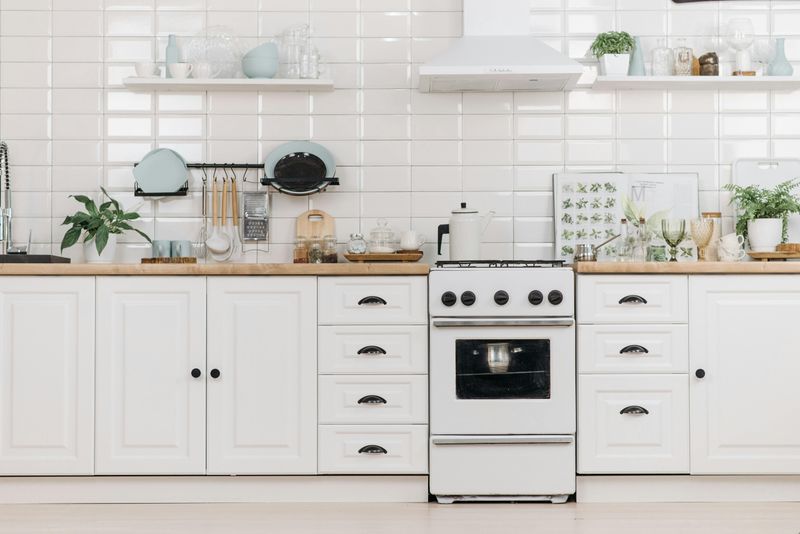
While stylish in moderation, kitchens with exclusively open shelving create practical headaches. Dust accumulates quickly, and not every item deserves display status.
Most households benefit from a mix of closed storage for everyday necessities and select open shelving for beautiful pieces. Balance function with aesthetics by installing open shelving only where it truly enhances your space.
12. Dark Cherry Cabinets
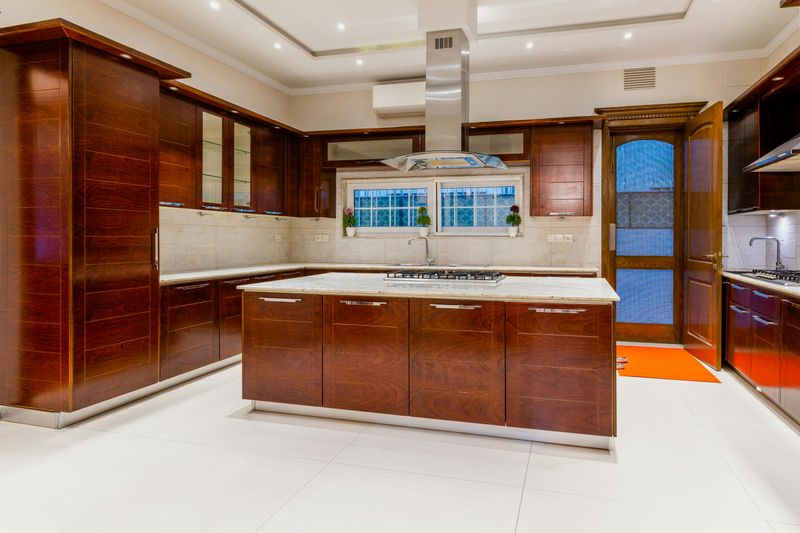
Once the height of kitchen luxury, reddish-brown cherry cabinets now feel stuck in the early 2000s. Combined with granite countertops and bronze hardware, they create a heavy, dated atmosphere.
Lighter wood tones or painted finishes instantly refresh kitchens. If replacement isn’t in your budget, consider refinishing existing cabinets in a more current stain or paint color.
13. Subway Tile Saturation
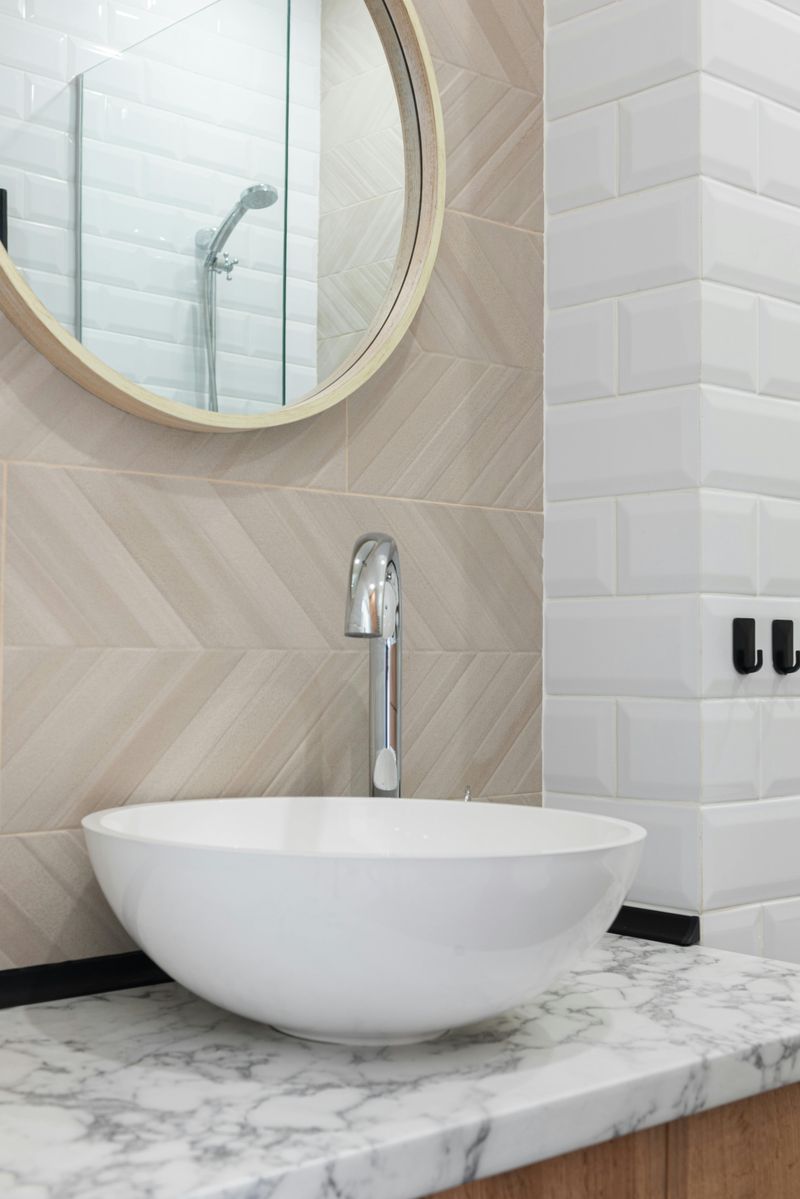
White 3×6 subway tiles have been installed in virtually every renovated kitchen and bathroom for the past decade. While undeniably classic, their ubiquity has designers craving fresh alternatives.
Experiment with different proportions, colors, or layouts to give this staple new life. Handmade ceramic tiles with slight irregularities or interesting glazes offer timeless appeal with more character.
14. Industrial Everything
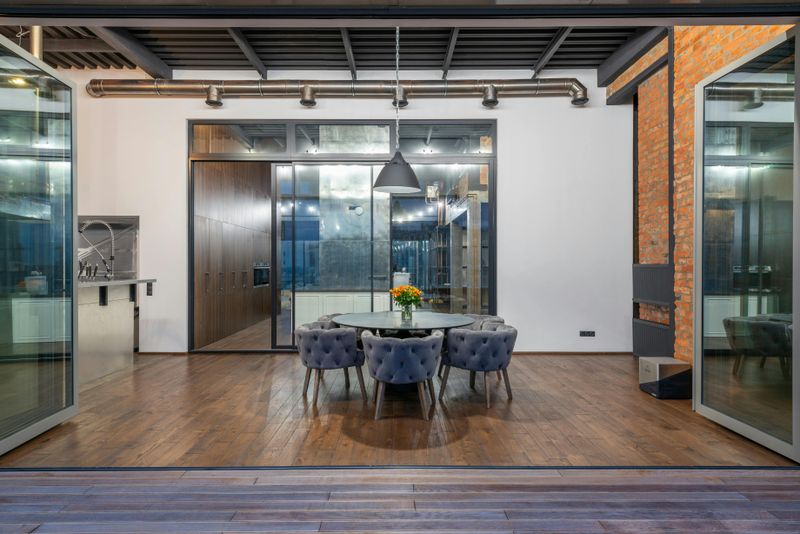
Edison bulbs, exposed pipes, and metal everything, the industrial trend has moved from cool to cliché. Mimicking factory aesthetics in suburban homes often feels forced and uncomfortable.
Incorporate industrial elements selectively as accents rather than themes. A single statement light fixture or thoughtfully chosen metal piece adds character without turning your home into a warehouse replica.
15. Wall-to-Wall Carpeting
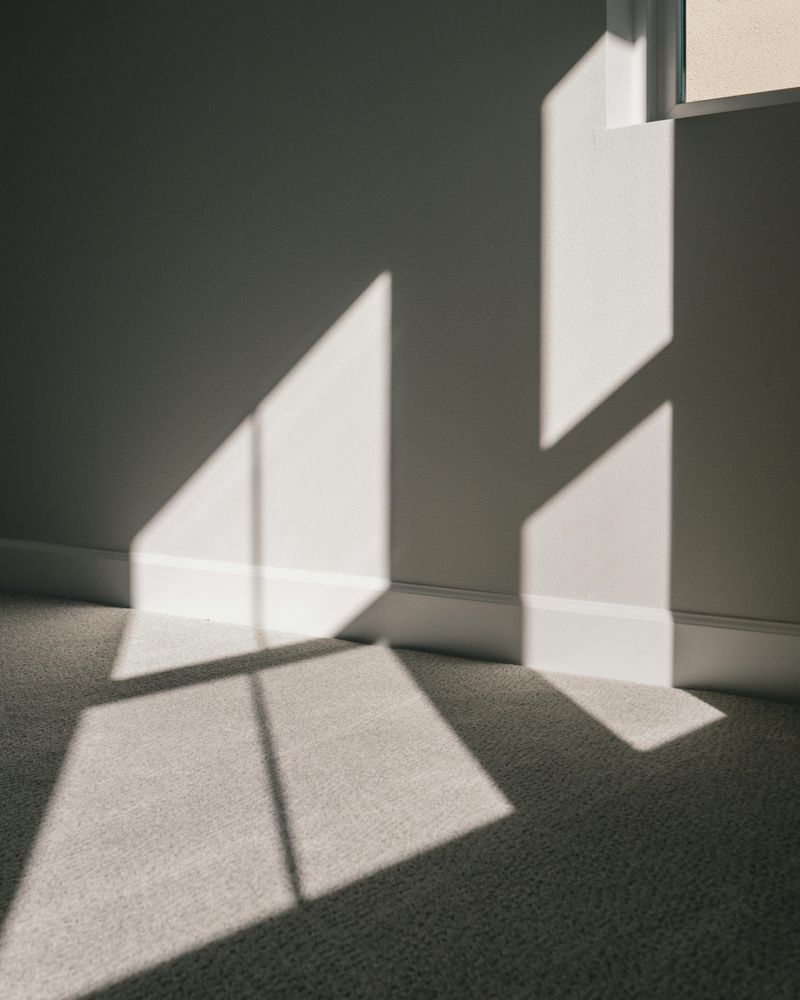
Soft underfoot but problematic in practice, wall-to-wall carpeting throughout homes has fallen firmly out of favor. Stains, wear patterns, and allergen collection make this once-popular flooring a designer no-no.
Hardwood, luxury vinyl plank, or tile floors with area rugs offer more flexibility, easier maintenance, and better air quality. Area rugs can be cleaned more thoroughly or replaced when trends change.
